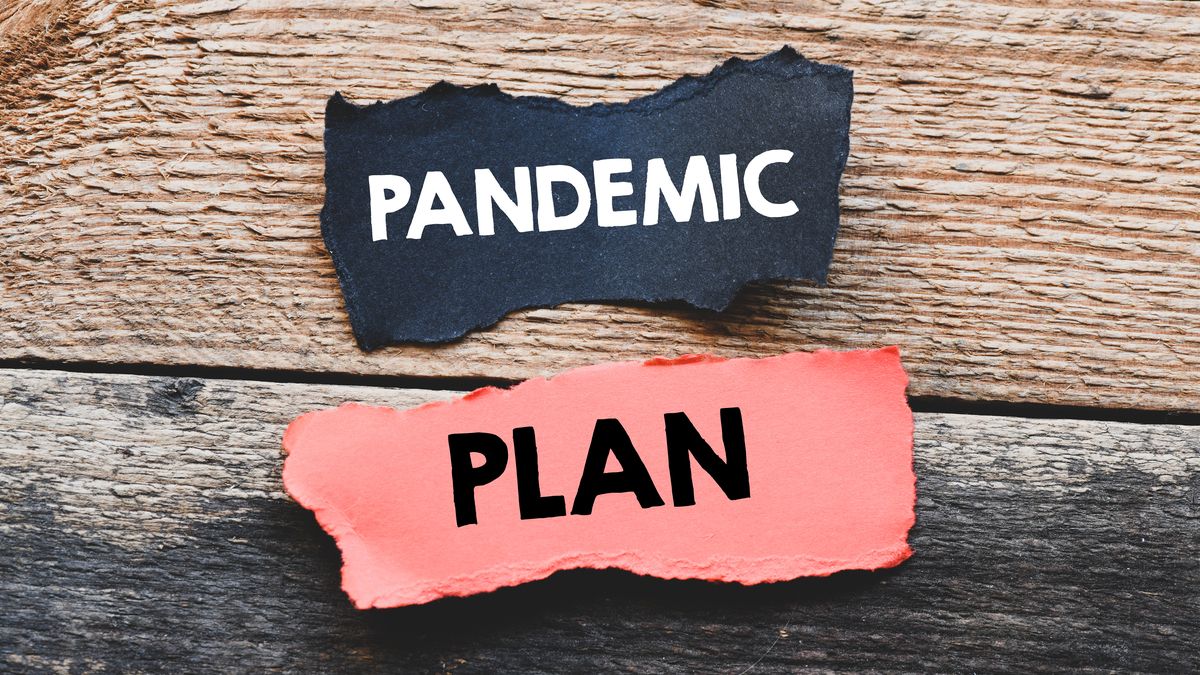Strategic Foresight and Resilience: Crafting Comprehensive Pandemic Preparedness Plans
“Preparedness Plans” refers to structured and detailed strategies devised to ensure readiness to effectively respond to and manage potential pandemics. Developing comprehensive pandemic preparedness plans is crucial for mitigating the impacts of future health crises. Here’s what it entails, why it’s crucial, and what needs to be done

“Preparedness Plans” refers to structured and detailed strategies devised to ensure readiness to effectively respond to and manage potential pandemics. Developing comprehensive pandemic preparedness plans is crucial for mitigating the impacts of future health crises. Here’s what it entails, why it’s crucial, and what needs to be done to prepare:
1. Understanding the Concept:
Preparedness plans are integral components of disaster management, particularly concerning pandemics. They serve as a blueprint detailing the systematic approach to be taken in the event of a pandemic, outlining roles, responsibilities, and actions to ensure swift and efficient response and recovery.
2. Developing the Plan:
Risk Assessment:
Analyze potential risks and vulnerabilities to identify the specific needs and challenges that could arise during a pandemic.
Defining Roles and Responsibilities:
Establish a clear chain of command and delineate responsibilities among individuals, teams, and organizations involved in managing the pandemic.
Resource Allocation:
Identify and allocate necessary resources, including medical supplies, personnel, and financial resources, to ensure seamless functioning during a crisis.
3. Stockpiling Essential Supplies:
Maintaining a reserve of essential supplies, such as medical equipment, medicines, food, and water, is crucial to manage the increased demand and potential shortages during a pandemic. This includes personal protective equipment, ventilators, and vaccines.
4. Formulating Rapid Response Teams:
Developing specialized teams trained to act swiftly in emergency situations is essential. These teams are responsible for implementing immediate measures to contain the virus, provide medical assistance, and manage logistics.
5. Strengthening Healthcare Systems:
Robust healthcare systems form the backbone of pandemic management. Strengthening healthcare infrastructure, augmenting medical staff, and enhancing healthcare services are critical aspects of preparedness.
6. Public Awareness and Education:
Informing and educating the public about preventive measures, symptoms, and actions to take in the event of an infection is vital. Awareness campaigns can significantly contribute to controlling the spread of the virus.
7. International Collaboration and Research:
Fostering international cooperation is essential for information sharing, research development, and resource allocation. Collaborative research can expedite the development of vaccines and treatments, enhancing global resilience against the pandemic.
8. Regular Review and Update:
Continuous evaluation and updating of the preparedness plans are essential to address evolving risks and to incorporate advancements in knowledge and technology.
Purpose of Preparedness Plans:
The primary aim of these plans is to minimize the impact of a pandemic on human life and the economy by enabling timely and effective response mechanisms. It ensures the sustainability of essential services, facilitates coordinated action, and aids in the swift recovery of communities affected by a pandemic.
Preparing for the Future:
Preparing for future pandemics involves the collaborative effort of governments, international organizations, and the public. It requires the foresight to anticipate potential threats, the diligence to develop robust preparedness plans, and the resolve to implement them effectively. By being well-prepared, societies can safeguard against the devastating impacts of future pandemics and ensure the well-being and resilience of communities globally.




